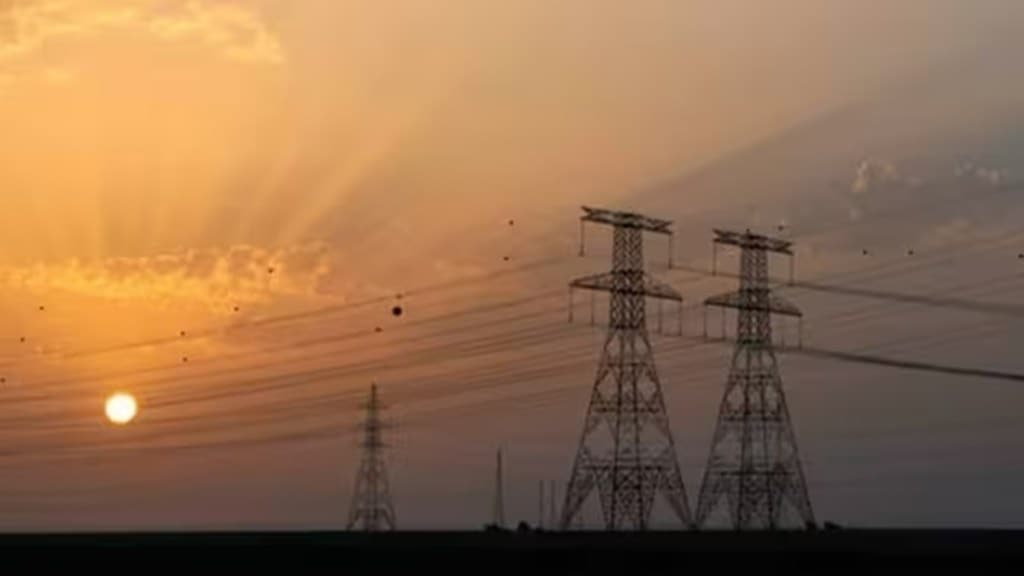By Dhanendra Kumar
The last decade has witnessed a rapid rise in India’s electricity demand. Sprawling cities, expanding industrial production, and an improvement in the standard of living have contributed significantly.
As per the data compiled by the ministry of statistics, India’s estimated electricity consumption has grown at a 5.16% CAGR between 2012-13 to 2021-22. As per estimates, electricity consumption increased by 50% from 8,24,301 GWh to 12,96,300 GWh (provisional) during this period. Nearly 41% of the total electricity demand in 2021-22 came from the industrial sector, followed by domestic consumption at 26%, agriculture at 18% and the commercial sector at 8%. In the future, with increasing urbanisation, we can expect domestic household consumption to be a major growth driver.
It is ironic that in the world’s most populated country of 1.4 billion consumers, electricity—the biggest driver of growth—provides the least choice to consumers. The sector is crying for reforms.
This situation presents various ironies. First, electricity delivery is widespread, but the industry itself is monopolistic. Despite its significant impact on national competitiveness, the lack of competition in the last mile delivery of electricity results in high costs for consumers. While there is a huge potential for competition through open access, there is a lot that remains to be done.
At present, state-owned distribution companies dominate electricity distribution, while consumers have little choice between electricity service providers. The government proposed to address this to an extent through the Electricity (Amendment) Bill 2022. The Bill, though yet to be enacted as a legislation, inter alia allows consumers to choose between their electricity service providers by enabling multiple distribution companies to operate in the same area. Similarly, it stipulates that a distribution licensee must provide non-discriminatory open access through its distribution system to all distribution licensees within the same area of supply.
The critical challenge for India’s power distribution network is that many discoms continue to generate substantial losses. It is attributable to reasons such as onerous terms and costs in long-term power purchase agreements, inadequate infrastructure or inefficiency in operations. Lack of financial stability means that discoms cannot make sufficient investments to enhance the quality and consistency of power supply or adequately prepare for the evolving market dynamics. No wonder discom losses touched Rs 90,000 crore in FY21 before showing some operational improvement during the last two financial years.
As power costs constitute nearly 77% of a discom’s overall costs, discoms’ financial stress significantly constrains their ability to compensate power generating companies, posing a threat to the entire ecosystem. However, in comparison, the private sector has performed much better. Private companies have not only ensured a robust network availability but also have taken initiative on decarbonising the grid while making significant capex and infrastructure investments.
Realising the private sector’s potential, the central government has begun the first privatisation phase with the Union territories. As per a PIB release, privatising the electricity distribution and retail supply business in Dadra and Nagar Haveli is expected to bring improvements and functional efficiencies in distribution. The move will further increase competition and strengthen the electricity industry.
Giving consumers a choice between electricity service providers can bring in multiple benefits.
Compared to state-owned discoms, private companies are better placed to provide high service quality, thereby attracting and retaining consumers. The intrinsic competition will encourage them to invest in infrastructure, technology, customer service, artificial intelligence, smart grid infrastructure and real-time energy consumption leading to improved reliability and faster complaint resolution.
Second, private sector participation will help promote efficiency through innovation. Costs will be minimised by the private sector through reduction in wastage and power thefts. This can lead to competitive pricing by private companies to gain market share. It would be helpful in competitive tariffs, increasing consumers’ choice and potentially lowering their electricity bills.
Private sector participation can also help expand access to electricity from all available sources, including green energy, leading to a more balanced and sustainable energy mix. It will also reduce dependence on a single source and enhance energy security.
The electricity market in Mumbai offers a good example of how the private sector can benefit consumers. Mumbai is leading the way in providing consumers with the much-needed autonomy to choose their electricity provider. Customers have the option to select between Tata Power and Adani Power.
This choice has introduced competition, pushing service providers to improve their pricing, service reliability, and environmental sustainability offerings.
Recent reports indicate that thousands of Tata Power consumers applied for migration to Adani Power. Without getting into the numbers or commenting on the two companies, this example shows how flexibility and choice can empower consumers. Increased choice forces competing power companies to continuously improve their service quality, reliability and innovation. If this could be done in other sectors like in civil aviation, public transport, and the telecom sector, why not in the electricity sector? In telecom, mobile number portability has greatly added to consumers’ choice.
It is, surely, the right time to liberalise power distribution and let consumers be kings.
The writer is former (founding) chairman of the Competition Commission of India, and chairman, Competition Advisory Services

